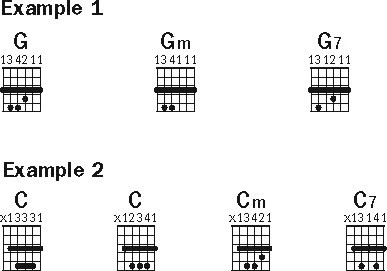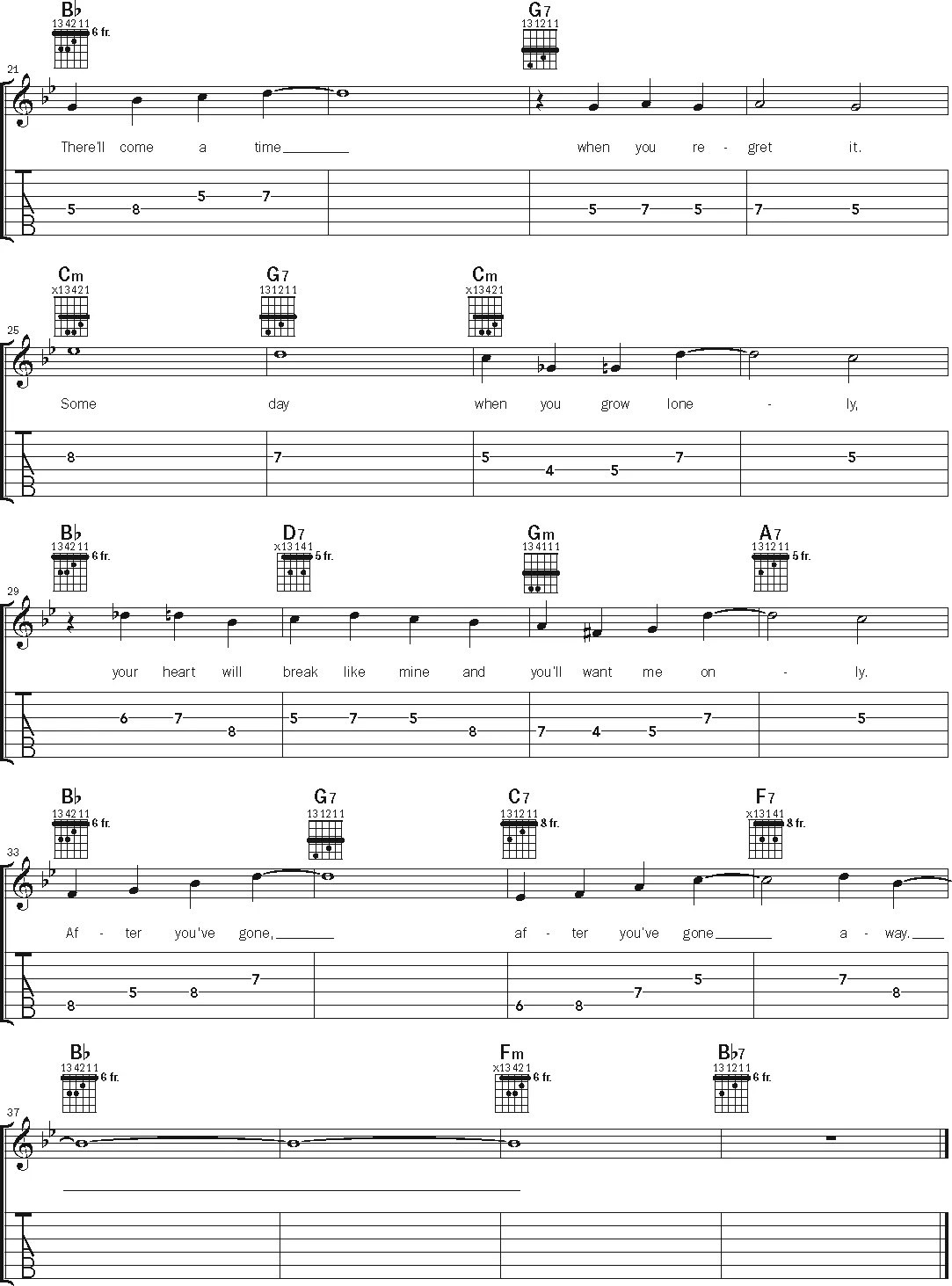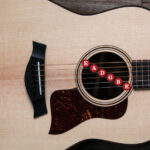If you’ve been playing guitar using open chords like G, C, D, E, and A, you’re likely ready to expand your chord vocabulary. While open chords are foundational, they can limit you to certain keys and chord voicings. Enter Barre Chord Guitar, a technique that unlocks a world of musical possibilities. Barre chords, sometimes spelled as “bar chords,” involve using your index finger to press down multiple strings at once across a fret, acting as a movable “capo.” This fundamental skill allows you to play twelve different major or minor chords with a single chord shape, opening up access to more complex and interesting chord progressions commonly found in various genres.
Understanding Barre Chord Basics
The beauty of barre chords lies in their portability. Unlike open chords, which are fixed in position, barre chords are movable shapes. Imagine placing a capo across all the strings at any fret on your guitar. That’s essentially what your index finger does when forming a barre chord. By “barring” across the fretboard, your index finger becomes the nut of the guitar for the frets above it. This technique effectively transforms familiar open chord shapes into versatile, movable chords.
Let’s consider the E major open chord as an example. Notice the finger positioning and the strings being played. Now, visualize placing a capo at the third fret and playing that same E chord shape above the capo. The resulting sound is a G major chord. Remove the capo, and you can achieve the same G major chord by using the E shape as a barre chord guitar form, with your index finger acting as the capo at the third fret.
Essential Barre Chord Shapes: E Shape Chords
These movable shapes are categorized by the open chord shape they are derived from. We’ll start with the E shape family of barre chords, rooted on the 6th string.
Major Barre Chord (E Shape – G Major example)
To play an E shape major barre chord, like G major, follow these steps:
- Index Finger (1): Barre across all six strings at the 3rd fret. Ensure each string rings clearly.
- Middle Finger (2): Place on the 4th fret of the 3rd string (G string).
- Ring Finger (3): Place on the 5th fret of the 5th string (A string).
- Pinky Finger (4): Place on the 5th fret of the 4th string (D string).
 G major E shape barre chord diagram
G major E shape barre chord diagram
This G major barre chord shape is directly derived from the open E major chord shape, with the root note (G) located on the 6th string at the 3rd fret. The root note is the foundational note of the chord, giving it its name. Understanding the root is crucial because as you move this entire shape up or down the neck, the root note changes, thus changing the chord itself.
Minor Barre Chord (Em Shape – G Minor example)
Slightly adjust the E major shape to create a minor barre chord. To play G minor (Gm), starting from the G major barre chord:
- Lift your middle finger from the 4th fret of the 3rd string.
 G major E shape barre chord diagram
G major E shape barre chord diagram
This Gm barre chord mirrors the open Em chord shape, again with the root on the 6th string.
Dominant 7th Barre Chord (E7 Shape – G7 example)
Similarly, you can create a dominant 7th barre chord by modifying the E shape. For G7, starting from the G major barre chord:
- Remove your pinky finger from the 5th fret of the 4th string.
 G major E shape barre chord diagram
G major E shape barre chord diagram
This G7 barre chord is based on the open E7 chord shape, maintaining the 6th string root.
Transposing E Shape Barre Chords
The real power of barre chord guitar lies in transposition. Because these shapes are movable, you can play different chords simply by sliding the entire shape along the fretboard. The name of the new chord is determined by the root note on the 6th string (for E-shape barre chords).
- To play A7, move the G7 shape up two frets. The 6th string at the 5th fret is A.
- For Cm, slide the Gm shape up to the 8th fret. The 6th string at the 8th fret is C.
- To play F#/Gb, move the G major shape down one fret. The 6th string at the 2nd fret is F#/Gb.
Essential Barre Chord Shapes: A Shape Chords
The second essential family of barre chord guitar shapes is derived from the open A chord shape. These shapes are rooted on the 5th string and typically barre across the top five strings, though sometimes six.
Major Barre Chord (A Shape – C Major example)
To play an A shape major barre chord, like C major:
- Index Finger (1): Barre across the top five strings (strings 5-1) at the 3rd fret.
- Middle Finger (2): Place on the 5th fret of the 4th string (D string).
- Ring Finger (3): Place on the 5th fret of the 3rd string (G string).
- Pinky Finger (4): Place on the 5th fret of the 2nd string (B string).
 G major E shape barre chord diagram
G major E shape barre chord diagram
This C major barre chord shape is based on the open A major chord shape, with the root note (C) now on the 5th string at the 3rd fret.
You might find an alternative fingering for the A shape major barre chord more comfortable:
- Index Finger (1): Barre across strings 5-1 at the 3rd fret.
- Second Finger (2): Place on the 5th fret of the 4th string (D string).
- Third Finger (3): Place on the 5th fret of the 3rd string (G string).
- Fourth Finger (4): Place on the 5th fret of the 2nd string (B string).
Minor Barre Chord (Am Shape – C Minor example)
To create a minor barre chord using the A shape, like C minor (Cm):
- Starting from the C major A shape barre chord, lift your middle finger from the 5th fret of the 4th string.
 G major E shape barre chord diagram
G major E shape barre chord diagram
This Cm barre chord mirrors the open Am chord shape, with the root on the 5th string.
Dominant 7th Barre Chord (A7 Shape – C7 example)
For a dominant 7th barre chord in the A shape, like C7:
- Starting from the C major A shape barre chord, remove your ring and pinky fingers, leaving only your index finger barring and middle finger on the 5th fret of the 4th string.
 G major E shape barre chord diagram
G major E shape barre chord diagram
This C7 barre chord is derived from a two-finger A7 open chord shape, maintaining the 5th string root.
Transposing A Shape Barre Chords
Similar to the E shape barre chords, A shape barre chords are also movable. The root note for these chords is located on the 5th string.
- To play D#/Eb, move the C major shape up to the 6th fret. The 5th string at the 6th fret is D#/Eb.
- For Bm, slide the Cm shape down to the 2nd fret. The 5th string at the 2nd fret is B.
- To play F#7/Gb7, move the C7 shape up to the 9th fret. The 5th string at the 9th fret is F#/Gb.
Putting Barre Chords into Practice: “After You’ve Gone”
To solidify your understanding and practice these barre chord guitar shapes, let’s look at a classic song, “After You’ve Gone.” This swing standard, made famous by artists like Django Reinhardt, utilizes all six barre chord shapes we’ve covered. Playing through this song will give you a practical application of how barre chords unlock a wider range of chords and musical styles.
 Guitar notation for After You've Gone song using barre chords
Guitar notation for After You've Gone song using barre chords
Learning barre chords is a significant step in your guitar journey. While they may require some initial finger strength and coordination, mastering these shapes will dramatically expand your chord vocabulary and musical possibilities. Practice these shapes, experiment with transposing them, and work through songs like “After You’ve Gone” to truly unlock the power of barre chord guitar.

